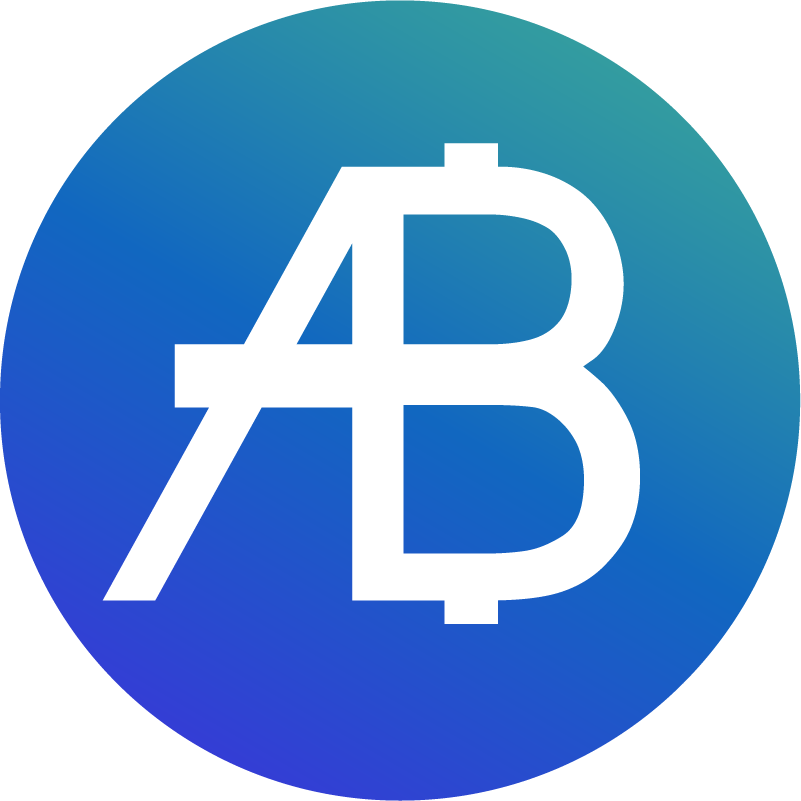What is CTSI: Unpacking the Cartesi Ecosystem

What is CTSI: Unpacking the Cartesi Ecosystem
In the ever-evolving landscape of blockchain technology, various projects are striving to tackle the inherent limitations of this burgeoning field. Among them, Cartesi, represented by its token CTSI, stands out as a pivotal player aiming to revolutionize scalability and affordability in blockchain development. But what exactly is CTSI, and what does it offer to the blockchain community?
Concept Introduction
Cartesi is a layer-2 platform designed to address some of the most pressing issues facing blockchain networks today: scalability, high transaction costs, and limited computational capacity. At its core, CTSI operates as the utility token of the Cartesi ecosystem, facilitating transactions and enabling developers to leverage a Linux-based operating system to create decentralized applications (dApps) in a more scalable and efficient manner.
Historical Background or Origin
Founded by a team of visionaries in the blockchain space, Cartesi emerged as a response to the constraints faced by traditional smart contract platforms. The project was officially introduced in 2018, with a mission to bridge the gap between conventional software development and blockchain technology. By allowing developers to use mainstream software stacks like Linux, Cartesi nurtures an environment where creating complex dApps is not only feasible but also practical for mainstream adoption.
Working Mechanism
Cartesi stands out with its innovative architecture, offering a unique off-chain computation platform. This allows developers to execute computations outside the blockchain, significantly reducing costs and increasing the overall throughput of transactions.
-
Layer-2 Scalability: By moving complex calculations off-chain, Cartesi enhances the scalability of dApps while mitigating the high transaction fees typically associated with blockchain architectures.
-
Linux-based Environment: Developers can write code using their preferred programming languages within a Linux framework, which is then integrated into the blockchain, enabling a vast range of possibilities for application development.
-
Smart Contracts with Mainstream Software: The platform allows traditional software components to interact seamlessly with smart contracts, making it easier for developers to migrate and build sophisticated applications.
Benefits or Advantages
Cartesi’s approach offers several advantages for both developers and end-users:
- Scalability: By moving computations off-chain, Cartesi provides a highly scalable environment that can handle a vast number of transactions per second.
- Cost Efficiency: Reducing the need for on-chain transactions cuts down significantly on associated gas fees, making dApps more affordable to operate.
- Flexibility for Developers: Programming in a Linux environment with familiar tools and languages broadens the scope of what developers can achieve on blockchain.
- Enhanced Security: Off-chain computation protects the smart contract logic from blockchain attacks, enhancing the overall security of dApps.
Bitget Wallet Recommendation
To safely store and manage your CTSI tokens, it's essential to use a reliable and secure web3 wallet. Bitget Wallet comes highly recommended for its robust security features and user-friendly interface.
Conclusion or Future Outlook
The impact of Cartesi and CTSI cannot be overstated in the context of blockchain scalability and usability. By providing a Linux operating environment, Cartesi not only simplifies the development of dApps but also paves the way for more sophisticated decentralized applications that can operate at a high scale and low cost.
Looking forward, CTSI holds immense promise for the blockchain industry. As more developers realize the limitations of current blockchain networks, platforms like Cartesi will become increasingly crucial in the quest to democratize and expand the capabilities of blockchain technology.
The future of CTSI appears to be both bright and impactful, promising to transform the blockchain ecosystem for developers and users alike. Whether you're a seasoned developer or a blockchain enthusiast, keeping an eye on CTSI's journey could provide insights into the future direction of blockchain innovation.
Latest articles
See moreAbout author
I'm Crypto Linguist, a bilingual interpreter in the crypto space. With expertise in English and Japanese, I break down complex Web3 concepts, covering everything from global trends in the NFT art market to the technical logic of smart contract auditing and cross-regional blockchain game economies. Having contributed to multilingual whitepapers at a blockchain security firm in Singapore and studied the integration of NFTs with traditional art in Osaka, I aim to explore the limitless intersections of blockchain technology and culture through bilingual content.






















